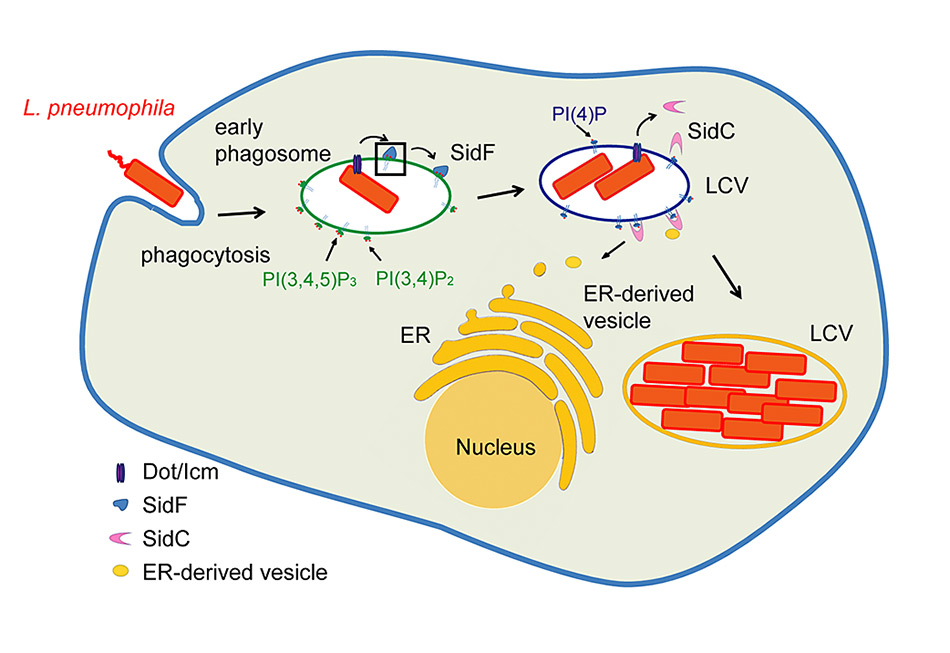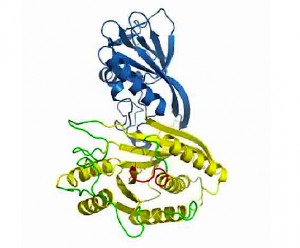Phosphoinositides in cell signaling and membrane trafficking
Phosphoinositides (PIs), a group of phospholipids that are concentrated at cytosolic leaflet of cellular membranes, are involved in a large number of cellular processes. Reversible phosphorylation of their cytoplasmically exposed inositol ring generates seven stereoisomers. Each of the seven phosphoinositides has its own distinctive subcellular localization and plays a critical role in defining and maintaining organelle identity. The heterogeneous distribution of PI lipids facilitates the proper spatial targeting of PI binding proteins which in turn promote the assembly of macromolecular complexes and initiate a series of physiological events including signal transduction, membrane trafficking, and actin dynamics. The selective concentration of specific phosphoinositide species on certain membranes is controlled by the spatial segregation of kinases and phosphatases that act on the inositol ring. Mutations on these PI modifying enzymes have been heavily documented in a variety of human heriditary diseases.

(Click photo for larger image)
- Crystal structure of Sac1: the first member of the Sac family
(Click graphic to the right for video)
We use structure approaches, as well as biochemical and cell biological techniques to address following fundamental questions:
(1) How PIs are recognized by lipid binding proteins
(2) How PIs are modified by PI kinases and phosphatases
(3) How the modification of PIs is regulated in response to acute stimuli.
Cornell Chronicle news on the Sac1 structure
Phosphoinositides in pathogen host interactions
PIs are pivotal cellular regulators and play essential roles in a broad spectrum of cellular processes. Recently, studies on how host cell PI signaling and metabolism pathways are exploited by intracellular bacterial pathogen have been placed on the center of focus. We are particularly interested in how Legionella actively manipulates PI lipids to benefit its infection.

Legionella are mainly environmental bacteria. Several species, in particular L. pneumophila and L. longbeachae, are pathogenic to humans Due to the development of artificial water systems, such as air conditioning, Legionnaries’ disease has emerged as a significant health threat in modern societies. Inhalation of L. pneumophila in contaminated aerosols allows the pathogen to reach the alveoli of the lung, where they can be phagocytosed by host macrophages. To avoid host innate immune defense, L. pneumophila delivers a large array of effector proteins into host cell through a type IV secretion system (T4SS). We recently identified one of the effector proteins, SidF is a bona fide PI phosphatase essential for the control of lipids composition of bacterial phagosomes. Check out how the Legionella PI phosphatase works….
Intriguing questions remain to be addressed. We are interested to elucidate: (1) what is the PI composition of the bacterial containing vacuoles; (2) How the PI identity of bacterial phagosomes is established; (3) How the unique PI composition of bacterial containing vacuoles plays a role in evading host innate immune defense.

